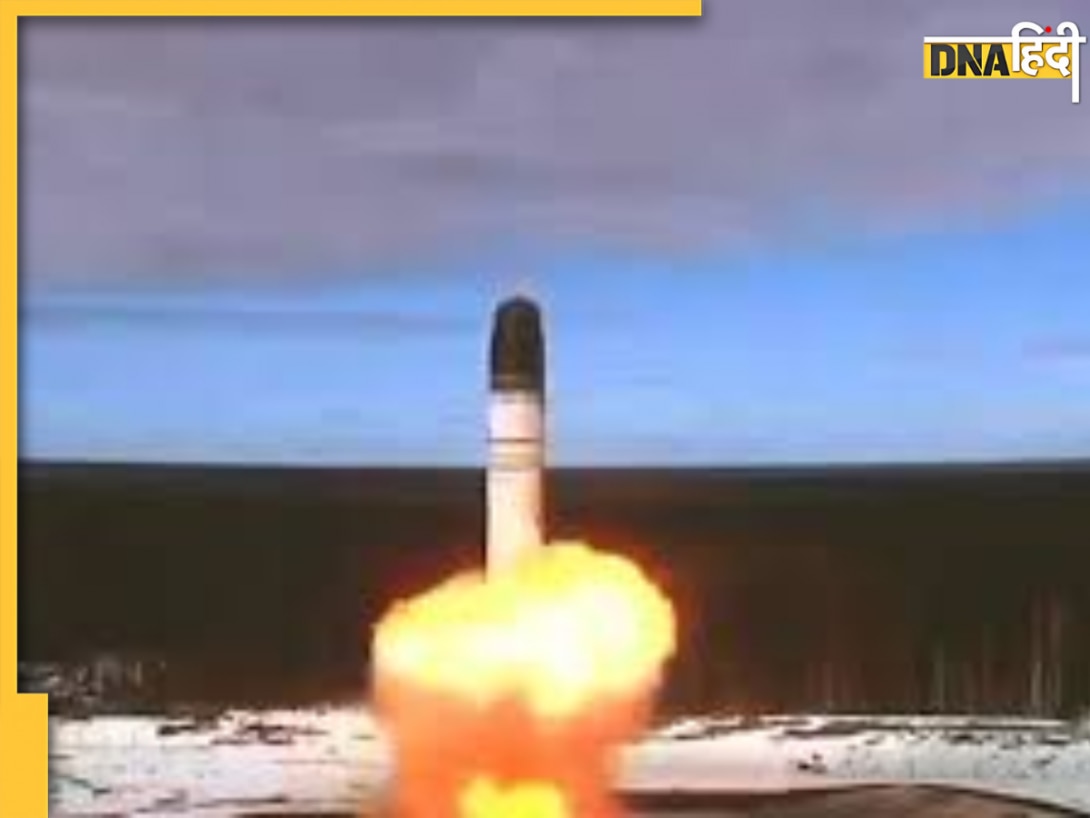- LATEST
- WEBSTORY
- TRENDING
VIRAL
NASA's new mission targets asteroid worth Rs 10000000 crore, enough to buy entire solar system
Scientists using the James Webb Space Telescope discovered rust on asteroid Psyche, hinting at its water-rich past and complex formation.
TRENDING NOW
NASA New Mission: Using the James Webb Space Telescope (JWST), scientists have uncovered a significant finding on the metal-rich asteroid Psyche. This discovery involves a component of water, specifically suggesting the presence of rust. This insight could offer valuable information about the asteroid's formation.
Psyche: A Unique Asteroid in the Main Belt
Asteroid 16 Psyche, located in the main asteroid belt between Mars and Jupiter, stands out due to its unique characteristics. Spanning 173 miles (280 kilometers) at its widest point, Psyche has long intrigued researchers. Initially, it was believed to be entirely metallic, with its shiny surface leading scientists to speculate that it might be the iron-rich core of a planetesimal. This hypothesis suggested that Psyche could provide clues about the formation of Earth and other terrestrial planets. Some estimates even placed the value of Psyche's metal components at an astonishing $100,000 quadrillion.
This theory about Psyche's composition inspired NASA's Psyche mission, launched in October 2023. The mission aims to reach the asteroid by 2029 for an in-depth study. However, recent data challenges the idea that Psyche is purely metallic. Over the past decade, new information about the asteroid's density and reflectance spectra indicates that it is likely a mix of silicate and metal.
Discovery of Water Traces on Psyche
In 2017, researchers detected traces of water on Psyche. Infrared spectra revealed the presence of hydroxyl units (OH molecules), a component of water. These findings suggested that small amounts of water might exist on Psyche's surface, either as ice or hydrated minerals. However, the results were inconclusive, as the data collected from Earth-based telescopes might have been contaminated by Earth's atmosphere. Additionally, a more definitive water signature, which has been used to detect water on the Moon, was not found on Psyche.
JWST's Observations of Psyche
To confirm the presence of water, planetary scientist Stephanie Jarmak and her team used two of JWST's infrared instruments—the Near Infrared Spectrograph (NIRSpec) and the Mid-Infrared Instrument (MIRI). In March 2023, they directed these instruments toward Psyche, capturing spectra from the asteroid's north pole. Their findings, accepted by the Planetary Science Journal and available as a preprint on arXiv, showed a hydroxyl signature consistent with rust-bearing, carbon-rich meteorites. This suggests that hydroxyls are bonded to metals on Psyche, forming rust.
Uncertainty Regarding Water's Presence
While the MIRI data did not show a conclusive signature of water, the researchers cannot rule out its presence. Water might be located in areas of Psyche that JWST could not observe, or it could exist in concentrations too low for MIRI to detect, less than half the amount found on the Moon.
Clues About Psyche's Origin
Psyche's hydroxyl groups also offer clues about its origins. If these groups formed within the asteroid, it could indicate that Psyche originated in the cold outer regions of the solar system before moving inward over millions of years. However, the current evidence suggests that water-bearing asteroids collided with Psyche, contributing to its current composition.
Future Research and Space Mining Prospects
Future research aims to map the distribution of hydrated metals on Psyche's surface, including observations of its south pole, which features a large crater possibly formed by a collision with a water-bearing impactor. This research could further unravel the mysteries of Psyche's formation and composition, potentially opening new avenues for space exploration and mining.
In conclusion, the discovery of rust components on Psyche marks a significant milestone in understanding this unique asteroid and its potential resources.
The DNA app is now available for download on the Google Play Store. Please download the app and share your feedback with us.







)
)
)
)
)
)
)
)
)
)
)
)
)
)
)
)



























































